Smart Ways to Use Leftover Coffee Grounds in Your Garden
Have you ever wondered what to do with those leftover coffee grounds after your morning brew? Instead of tossing them in the trash, why not give your garden a little love? This article explores innovative and eco-friendly methods to repurpose leftover coffee grounds, enhancing your garden's health and productivity while reducing waste. Coffee grounds are not just a byproduct of your caffeine fix; they're a treasure trove of benefits for your plants. So, grab that coffee canister and let's dive into the smart ways you can use those grounds in your garden!
Coffee grounds are rich in nitrogen, making them an excellent addition to compost or garden soil. When you incorporate coffee grounds into your soil, you're not just adding nutrients; you're also improving soil structure and fertility. Think of it as giving your garden a nutrient boost that helps it flourish. To effectively incorporate coffee grounds, mix them into your compost pile or sprinkle them directly onto your garden beds. Just remember, moderation is key! Too much can lead to an imbalance in your soil.
Did you know that coffee grounds can act as a natural pest deterrent? That's right! These grounds can help keep those pesky garden pests at bay. Their strong scent can repel insects like slugs and snails, making your garden a less inviting place for them. To apply coffee grounds for maximum impact, simply scatter them around your plants or mix them into your soil. Not only are you protecting your plants, but you're also reducing the need for chemical pesticides. It's a win-win!
Certain plants thrive in acidic soil, and coffee grounds can help achieve just that. If you're growing plants like blueberries, azaleas, or rhododendrons, coffee grounds can be a game-changer. They help lower the pH of your soil, creating the perfect environment for these acid-loving plants. To use coffee grounds effectively, mix them into the soil around these plants or brew them into a liquid fertilizer. Your plants will thank you with vibrant blooms and delicious fruits!
If you have heavy, compacted soil, adding coffee grounds can enhance drainage and aeration. Think of coffee grounds as tiny sponges that help improve water retention while allowing excess water to escape. This is especially beneficial for plants with deep roots that need a well-draining environment. To mix coffee grounds into your garden beds, simply work them into the top few inches of soil. You'll notice healthier roots and happier plants in no time!
Worms love coffee grounds! If you're into vermicomposting, these grounds can boost worm activity and produce nutrient-rich worm castings for your garden. Just toss your coffee grounds into your worm bin, and watch those little critters go to town. They’ll break down the grounds, enriching your compost with essential nutrients. It's like a gourmet meal for your worms, and they’ll reward you with some of the best fertilizer you can get!
Using coffee grounds as mulch is another fantastic way to retain moisture and suppress weeds in your garden. When applied as a thin layer around your plants, coffee grounds can help regulate soil temperature and keep weeds at bay. Just be cautious not to pile them too thickly, as this can create a barrier that prevents water from reaching the soil. Instead, aim for a light, even layer to reap the benefits without hindering your plants’ growth.
Integrating coffee grounds into your compost pile can accelerate decomposition. They are considered 'green' materials, rich in nitrogen, which is essential for creating a balanced compost. To achieve optimal results, balance your coffee grounds with 'brown' materials like dried leaves and cardboard. This balance is crucial for effective composting, as it helps maintain the right carbon-to-nitrogen ratio. Remember, a well-aerated compost pile will break down faster, so turn it regularly to keep things moving!
Coffee grounds can also be used in potting mixes for seedlings. By creating a nutrient-rich starter mix, you're setting your young plants up for success. Combine coffee grounds with potting soil or coconut coir to provide a well-draining, nutrient-dense environment for your seedlings. This mix will promote healthy growth and ensure your plants have everything they need to thrive right from the start. It's like giving them a cozy little bed to grow in!
Lastly, coffee grounds can absorb odors in the garden. If you have unpleasant smells wafting from your compost pile or garden, sprinkling some coffee grounds can help combat these odors. They act like natural deodorants, improving the overall atmosphere of your outdoor space. Just spread a thin layer of grounds wherever you notice odors, and let them work their magic!
- Can I use coffee grounds on all types of plants? While coffee grounds are beneficial, it's best to use them on plants that thrive in slightly acidic conditions.
- How often should I apply coffee grounds to my garden? A light sprinkling every few weeks is usually sufficient. Just remember to mix them well into the soil or compost.
- Are there any plants that should not be given coffee grounds? Yes, avoid using coffee grounds on plants that prefer alkaline soil, such as tomatoes and peppers.

Enhancing Soil Quality
Coffee grounds are not just a delightful morning ritual; they are also a powerhouse for your garden! Packed with nitrogen, they act as a natural fertilizer that can significantly enhance the quality of your soil. When you think about it, adding coffee grounds to your garden is like giving your plants a shot of espresso; it invigorates them and helps them thrive!
To effectively incorporate coffee grounds into your soil, you can follow a few simple steps. First, ensure that the grounds are dry before adding them to your garden. Wet grounds can clump together, making it difficult for them to mix well with the soil. Once dried, you can mix the grounds directly into your garden bed or compost pile. A good rule of thumb is to use about 20% coffee grounds in your compost or soil mix. This balance helps maintain the right carbon-to-nitrogen ratio, which is crucial for healthy microbial activity.
Not only do coffee grounds improve soil structure by enhancing aeration and drainage, but they also help retain moisture. This is especially beneficial during hot summer months when your plants need every drop of water they can get. By creating a rich, loamy texture, coffee grounds allow roots to penetrate deeper, ensuring that your plants receive the nutrients they need.
Additionally, coffee grounds can help attract beneficial earthworms to your garden. These little critters are nature's tillers, aerating the soil and enriching it with their castings. The presence of earthworms can lead to a thriving ecosystem in your garden, promoting healthy plant growth and resilience against pests and diseases.
Here’s a quick overview of the benefits of using coffee grounds for enhancing soil quality:
| Benefit | Description |
|---|---|
| Nitrogen Source | Rich in nitrogen, coffee grounds support plant growth and health. |
| Soil Structure | Improves aeration and drainage, creating a loamy texture. |
| Moisture Retention | Helps soil retain moisture, reducing the need for frequent watering. |
| Earthworm Attraction | Encourages earthworm activity, enhancing soil fertility. |
In conclusion, incorporating coffee grounds into your garden is a simple yet effective way to enhance soil quality. By providing essential nutrients, improving structure, and attracting beneficial organisms, coffee grounds can transform your garden into a lush and thriving paradise. So, the next time you brew a cup of coffee, don’t toss those grounds—your garden will thank you!
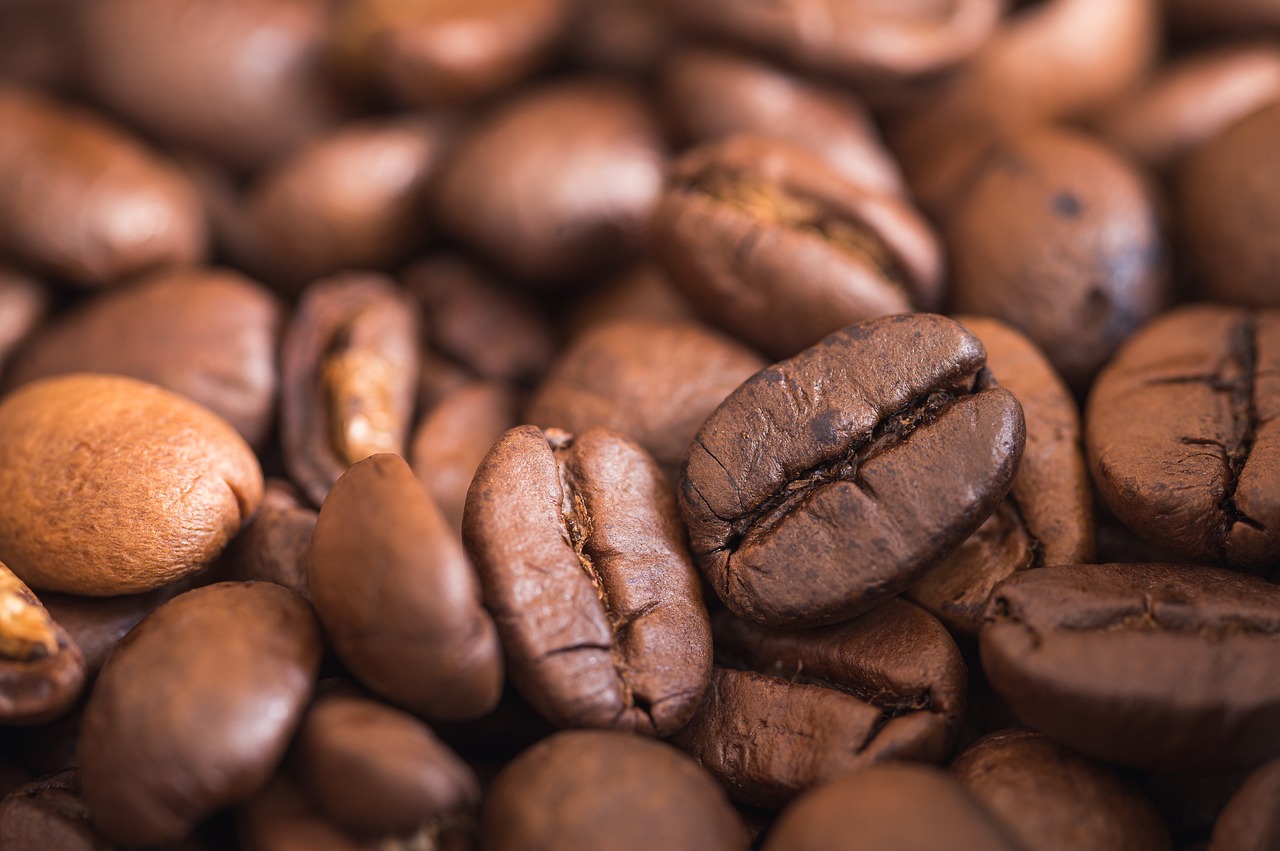
Natural Pest Repellent
If you're like many gardeners, you’ve probably faced the pesky problem of unwanted insects munching on your precious plants. The good news? Coffee grounds can come to the rescue! Not only are they a fantastic way to minimize waste, but they also serve as an effective natural pest repellent. By incorporating coffee grounds into your gardening routine, you can create a less hospitable environment for common garden pests while promoting a healthier ecosystem.
So, how does it work? Coffee grounds contain compounds that can deter various insects, including ants, snails, and slugs. When sprinkled around your plants, these grounds create a barrier that pests may be reluctant to cross. Imagine it as a tiny fortress that protects your garden from invaders! The texture of the grounds can also be a deterrent, as slugs and snails find it uncomfortable to crawl over. It’s like putting out a welcome mat for beneficial insects while sending the bad ones packing!
To maximize the effectiveness of coffee grounds as a pest repellent, consider the following tips:
- Apply directly around plants: Sprinkle a thin layer of coffee grounds around the base of your plants. This will help keep pests at bay while enriching the soil.
- Mix with other natural repellents: Combine coffee grounds with diatomaceous earth or crushed eggshells to create a more potent pest barrier.
- Regularly refresh the layer: As the coffee grounds decompose, their effectiveness may diminish. Reapply every few weeks to maintain a strong defense.
It’s also worth noting that while coffee grounds can help deter pests, they are not a one-size-fits-all solution. Some insects may not be affected by the grounds at all. For example, aphids and spider mites might still find their way to your plants. In such cases, consider integrating other natural pest management strategies, such as introducing beneficial insects like ladybugs or using neem oil.
Another great aspect of using coffee grounds is that they are eco-friendly. Instead of tossing out your used coffee grounds, you’re giving them a second life in your garden. This not only reduces waste but also contributes to a more sustainable gardening practice. Think of it as a win-win situation—your plants thrive, and you contribute positively to the environment!
In conclusion, utilizing coffee grounds as a natural pest repellent is a smart, effective, and sustainable method to protect your garden. By creating a less inviting atmosphere for pests, you can enjoy a healthier garden ecosystem. So, the next time you brew a cup of coffee, remember that those leftover grounds can be your garden’s best friend!

Fertilizer for Acid-Loving Plants
If you’ve ever wandered through a lush garden filled with vibrant, thriving plants, you might have noticed that some of them seem to flourish in conditions that others can’t stand. This is particularly true for acid-loving plants, which thrive in soil with a lower pH. Now, you might be wondering, how can you help these beautiful plants reach their full potential? The answer lies in your morning cup of joe! Yes, those leftover coffee grounds can be a game-changer for your garden.
Coffee grounds are naturally acidic, containing a pH level between 6.0 and 6.8, making them an excellent addition to the soil for plants that crave acidity. By incorporating coffee grounds into your garden, you’re not just recycling waste; you’re enhancing the soil composition and creating a better environment for your favorite acid-loving plants. Think of it as giving them a little boost of energy, much like how that morning caffeine kick helps you tackle the day!
So, which plants benefit most from this coffee concoction? Here’s a quick rundown:
- Blueberries: These little gems love acidic soil, and adding coffee grounds can help them thrive and produce more fruit.
- Azaleas: Known for their stunning blooms, azaleas flourish in acidic conditions, making coffee grounds a perfect addition.
- Rhododendrons: Like azaleas, these beauties will thank you for the extra acidity!
- Gardenias: If you want those fragrant flowers, coffee grounds can help create the ideal soil.
- Tomatoes: Surprisingly, tomatoes can also appreciate a bit of acidity, especially when they’re young.
To use coffee grounds effectively, simply sprinkle them around the base of your acid-loving plants or mix them into the soil. You can also create a coffee ground tea by steeping the grounds in water for a few days. This liquid gold can be used to water your plants, providing them with a gentle infusion of nutrients. Just remember, moderation is key; too much acidity can harm your plants, so aim for a balanced approach.
In summary, using coffee grounds as a fertilizer for acid-loving plants is not only a smart way to recycle but also a fantastic method to enhance your garden's health. By providing the right conditions for these plants, you’re setting them up for success, ensuring they flourish and bring beauty to your outdoor space. So, the next time you brew a cup of coffee, don’t toss those grounds—your garden will thank you!

Improving Drainage
Have you ever noticed how some areas of your garden seem to hold water like a sponge after a heavy rain? This can lead to root rot and other plant diseases that can ruin your hard work. The good news is that you can improve drainage in your garden beds by using leftover coffee grounds! These humble remnants of your morning brew are more than just waste; they can actually transform your soil into a well-draining haven for your plants.
First off, let's talk about what coffee grounds bring to the table—literally! They are lightweight and have a gritty texture that helps to break up compacted soil. When you mix coffee grounds into heavy, clay-like soil, they create tiny air pockets that allow water to flow more freely. Imagine your soil as a sponge; adding coffee grounds is like poking holes in that sponge to let the water escape more easily. This is especially beneficial in areas where water tends to pool, causing havoc for your beloved plants.
To effectively use coffee grounds for drainage, you can follow these simple steps:
- Collect your coffee grounds: Save the used coffee grounds from your daily brews. Just make sure they are free from any additives like sugar or cream, as these can attract unwanted pests.
- Mix with soil: When preparing your garden bed, incorporate coffee grounds into the top few inches of soil. A good rule of thumb is to mix in about 20% coffee grounds to the existing soil. This ratio helps maintain a balanced texture while allowing for improved drainage.
- Monitor moisture levels: After mixing in the coffee grounds, keep an eye on your soil moisture. You want to ensure that it's well-draining but still retains some moisture for your plants. This is crucial for their health!
But wait, there’s more! Coffee grounds are not just great for drainage; they also help improve soil structure over time. As they break down, they contribute organic matter that enhances the overall health of your soil. It's like giving your garden a little boost of energy! Plus, the nitrogen in coffee grounds feeds soil microbes, which in turn helps your plants thrive.
Another fantastic aspect of using coffee grounds is that they can help with water retention in sandy soils. If you have a garden that dries out quickly, mixing in coffee grounds can help retain moisture, ensuring your plants stay hydrated longer. It’s like giving your sandy soil a cozy blanket that helps it hold onto water, making it a win-win situation!
In summary, not only can coffee grounds help improve drainage in heavy soils, but they also support the overall health of your garden. So, the next time you enjoy a cup of coffee, remember that those grounds can do wonders for your plants. It's a simple, eco-friendly way to make a big difference in your garden's health!
Q: Can I use coffee grounds in all types of soil?
A: Yes, coffee grounds can be beneficial in both heavy clay soils and sandy soils. They help improve drainage and moisture retention, making them versatile for various soil types.
Q: Will coffee grounds make my soil too acidic?
A: While coffee grounds are slightly acidic, when used in moderation, they will not significantly alter the pH of your soil. They are safe for most plants, but it’s always good to test your soil pH if you have concerns.
Q: How often should I add coffee grounds to my garden?
A: You can add coffee grounds to your garden beds a few times a year. Just remember to mix them well into the soil to maximize their benefits!
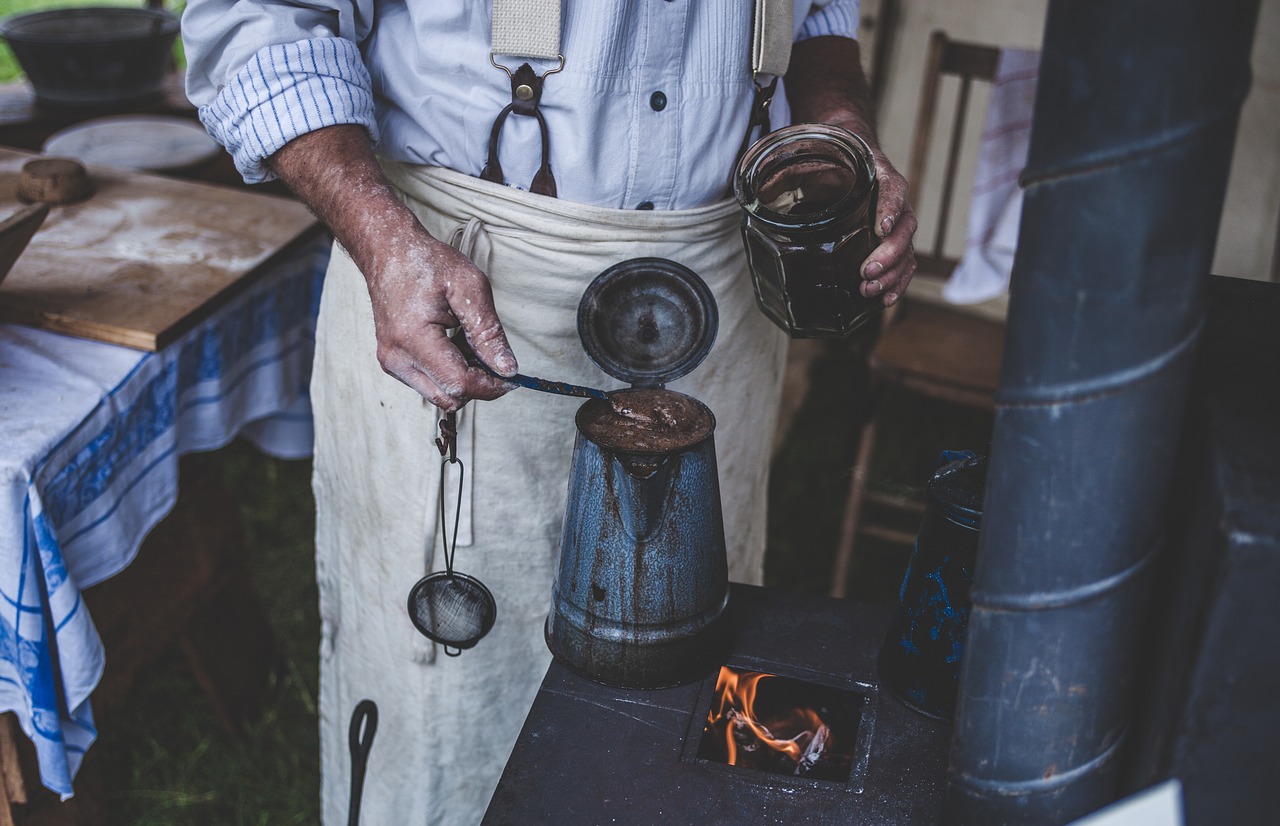
Worm Composting
Worm composting, or vermicomposting, is a fantastic way to recycle your leftover coffee grounds while boosting your garden's health. If you've ever wondered how to turn your kitchen scraps into a nutrient powerhouse for your plants, then you're in for a treat! Worms, particularly red wigglers, thrive on organic matter, and coffee grounds are like a five-star meal for them. Not only do these little critters love the texture and nutrients of coffee grounds, but they also help break them down into rich, dark worm castings that are packed with essential nutrients for your garden.
To get started with worm composting, you’ll need a worm bin. This can be a simple plastic container with holes for ventilation. Once you have your bin set up, you can begin adding coffee grounds along with other kitchen scraps like fruit peels and vegetable trimmings. It's important to remember that worms love a balanced diet, so make sure to mix in some carbon-rich materials like shredded paper or dried leaves to keep things healthy. Think of it as a well-rounded diet for your worms—just like you, they need a variety of nutrients!
When incorporating coffee grounds, aim to add them in moderation. Too many can create a highly acidic environment, which may not be ideal for your worms. A good rule of thumb is to keep the coffee grounds to about 25% of the total volume of materials in your worm bin. This balance will help maintain a healthy ecosystem for your worms while ensuring they have enough food to thrive.
Another great benefit of using coffee grounds in worm composting is their ability to attract worms. The rich aroma of coffee can lure them in, making your bin a bustling hub of activity. If you’re looking to boost worm populations, consider sprinkling a layer of coffee grounds on top of your bin. It's like a welcome mat for these little helpers!
After a few weeks of feeding your worms a balanced diet of coffee grounds and other organic materials, you’ll start to see the magic happen. The worm castings produced will be dark, crumbly, and full of nutrients that your plants will love. You can use this nutrient-rich compost to enrich your garden soil, potting mixes, or even as a top dressing for your plants. Just imagine how your plants will flourish with this organic boost!
In summary, worm composting with coffee grounds is not just a sustainable practice; it’s also a fun and rewarding way to give back to your garden. By turning your waste into a valuable resource, you’re not only helping the environment but also creating a thriving ecosystem right in your backyard. So, why not give it a try? Your plants will thank you!
1. Can I use coffee grounds in my worm composting bin every day?
Yes, but it’s best to use them in moderation. Aim for about 25% of your total compost material to be coffee grounds to maintain a healthy balance.
2. Do coffee grounds attract pests?
While coffee grounds are generally safe, they can attract pests if not managed properly. Make sure to cover them with other materials and monitor your bin regularly.
3. How do I know if my worm compost is ready?
Your worm compost is ready when it looks dark, crumbly, and has an earthy smell. You should no longer see recognizable food scraps.
4. Can I use worm castings directly on my plants?
Absolutely! Worm castings are a fantastic organic fertilizer and can be used directly to enrich your plants and garden soil.
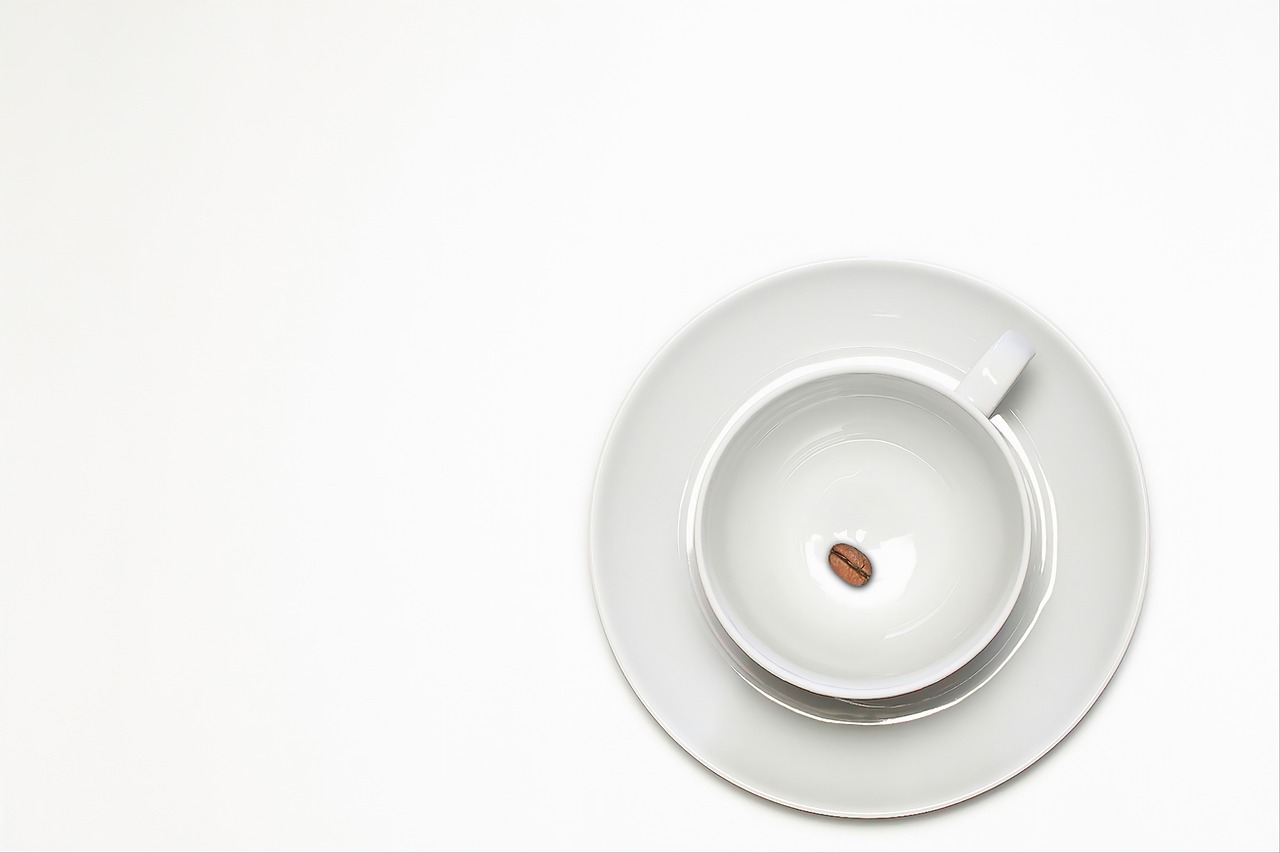
Mulching Benefits
When it comes to gardening, mulching is one of those magical techniques that can transform your outdoor space into a thriving paradise. And guess what? Leftover coffee grounds are not just for your morning brew; they can serve as an excellent mulch too! By using coffee grounds as mulch, you’re not only recycling waste but also providing your garden with a multitude of benefits that can significantly enhance its health and productivity.
First off, coffee grounds help in retaining moisture. When spread around your plants, they create a barrier that reduces evaporation from the soil. This means your plants will have access to the moisture they need without requiring you to water them as frequently. Imagine the time and effort saved! During those scorching summer months, this can be a game-changer.
Additionally, coffee grounds act as a natural weed suppressant. Weeds are like that uninvited guest who just won’t leave the party. By applying a layer of coffee grounds, you can keep those pesky weeds at bay. The grounds block sunlight from reaching the weed seeds, inhibiting their growth. It’s a simple yet effective way to keep your garden looking neat and tidy.
Another fantastic benefit is that coffee grounds can improve soil structure as they decompose. They break down slowly, releasing nutrients into the soil over time. This slow release is like a slow-cooked meal—it takes time, but the results are absolutely delicious for your plants! The nitrogen-rich content of coffee grounds also contributes to a more vibrant ecosystem in your garden, attracting beneficial organisms.
Moreover, coffee grounds can help in regulating soil temperature. Just like a cozy blanket, a layer of coffee grounds can protect the roots of your plants from extreme temperature fluctuations. This insulation effect is especially important during the cold winter months or the heat of summer, ensuring your plants remain comfortable and healthy.
To effectively use coffee grounds as mulch, consider the following tips:
- Apply a thin layer (about 1/4 to 1/2 inch) around your plants to avoid compaction.
- Mix the coffee grounds with other organic materials, such as leaves or straw, to create a balanced mulch.
- Reapply every few weeks, especially after rain, to maintain effectiveness.
In summary, using coffee grounds as mulch is a smart, eco-friendly choice that not only helps your garden thrive but also reduces waste. So, the next time you finish your cup of coffee, think twice before tossing those grounds in the trash. Your garden will thank you!
1. Can I use coffee grounds directly on all types of plants?
While coffee grounds are beneficial for many plants, they are particularly great for acid-loving plants like roses and blueberries. However, it's best to use them in moderation, as too much can lead to overly acidic soil.
2. How often should I apply coffee grounds as mulch?
You can reapply coffee grounds every few weeks, especially after heavy rain, to maintain their effectiveness as mulch.
3. Will coffee grounds attract pests?
Generally, coffee grounds do not attract pests. In fact, they can help deter some pests due to their strong smell. However, be mindful of how you apply them to avoid attracting unwanted animals.
4. Can I use flavored coffee grounds in my garden?
It's best to stick with plain coffee grounds, as flavored varieties may contain additives that could harm your plants. Always check the ingredients before using.
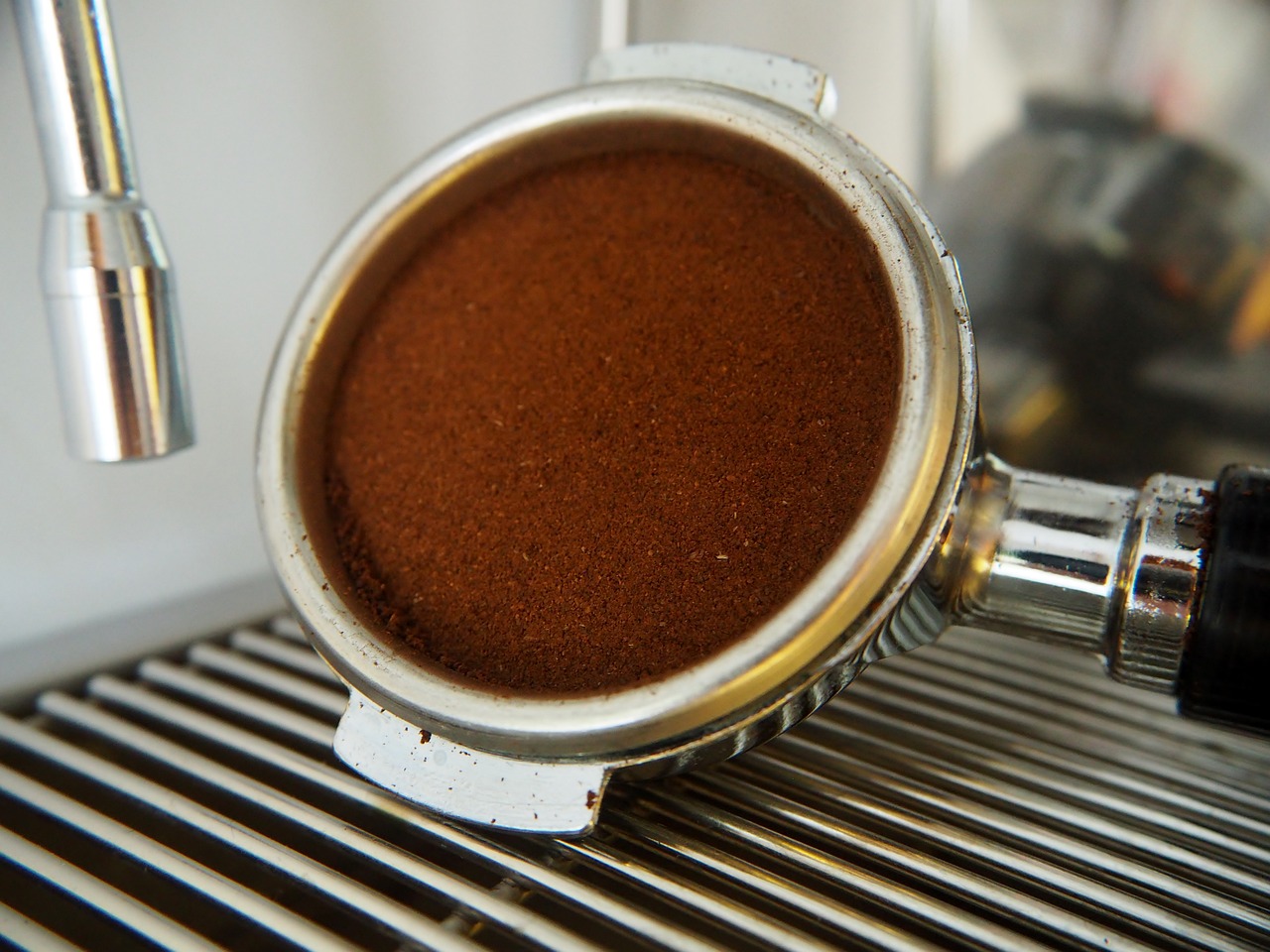
Composting Tips
Composting is a fantastic way to recycle organic waste, and incorporating coffee grounds can significantly enhance the process. These grounds are not only packed with nitrogen, which is essential for the microbial activity that drives decomposition, but they also introduce a unique texture that helps aerate the compost pile. To get the most out of your coffee grounds, it's crucial to strike a balance between green and brown materials in your compost. Green materials are rich in nitrogen and include things like fruit scraps, vegetable peels, and, of course, coffee grounds. On the other hand, brown materials, which are high in carbon, include dried leaves, cardboard, and paper. A good rule of thumb is to aim for a ratio of 2:1 brown to green materials.
When adding coffee grounds to your compost, consider the following tips to ensure your compost pile remains healthy and productive:
- Mix Well: After adding coffee grounds, mix them thoroughly into the compost pile. This helps prevent them from clumping together and ensures that they decompose evenly.
- Monitor Moisture: Coffee grounds can absorb moisture, so keep an eye on the moisture level of your compost. If it feels too dry, add some water to keep the decomposition process active.
- Avoid Overdoing It: While coffee grounds are beneficial, too much can lead to an imbalance. Aim for a handful of grounds for every few layers of browns, ensuring you don't overwhelm your compost with nitrogen.
Additionally, remember that variety is key in composting. Mixing in different types of organic materials not only keeps the compost pile interesting but also boosts nutrient diversity, which is beneficial for your garden. If you find yourself with an excess of coffee grounds, consider sharing them with friends or neighbors who are also into gardening or composting. This way, you can reduce waste while helping others enrich their soil.
Finally, patience is a virtue in composting. It can take a few months for your compost pile to break down completely, but the wait is worth it. Once ready, you’ll have a rich, dark, nutrient-dense compost that can transform your garden into a thriving oasis. So, grab that coffee cup, enjoy your brew, and don’t toss those grounds—your garden will thank you!
Q: Can I use coffee grounds in my garden every day?
A: While coffee grounds are beneficial, it's best to add them in moderation. Too many can lead to an imbalance in your compost or soil.
Q: Do coffee grounds attract pests?
A: Generally, coffee grounds do not attract pests. In fact, they can help deter some common garden pests due to their strong aroma.
Q: How long does it take for coffee grounds to decompose in compost?
A: Coffee grounds decompose relatively quickly, usually within a few weeks, especially when mixed well with other materials.
Q: Can I use used coffee filters in my compost?
A: Absolutely! Used coffee filters are biodegradable and can be composted along with the coffee grounds.
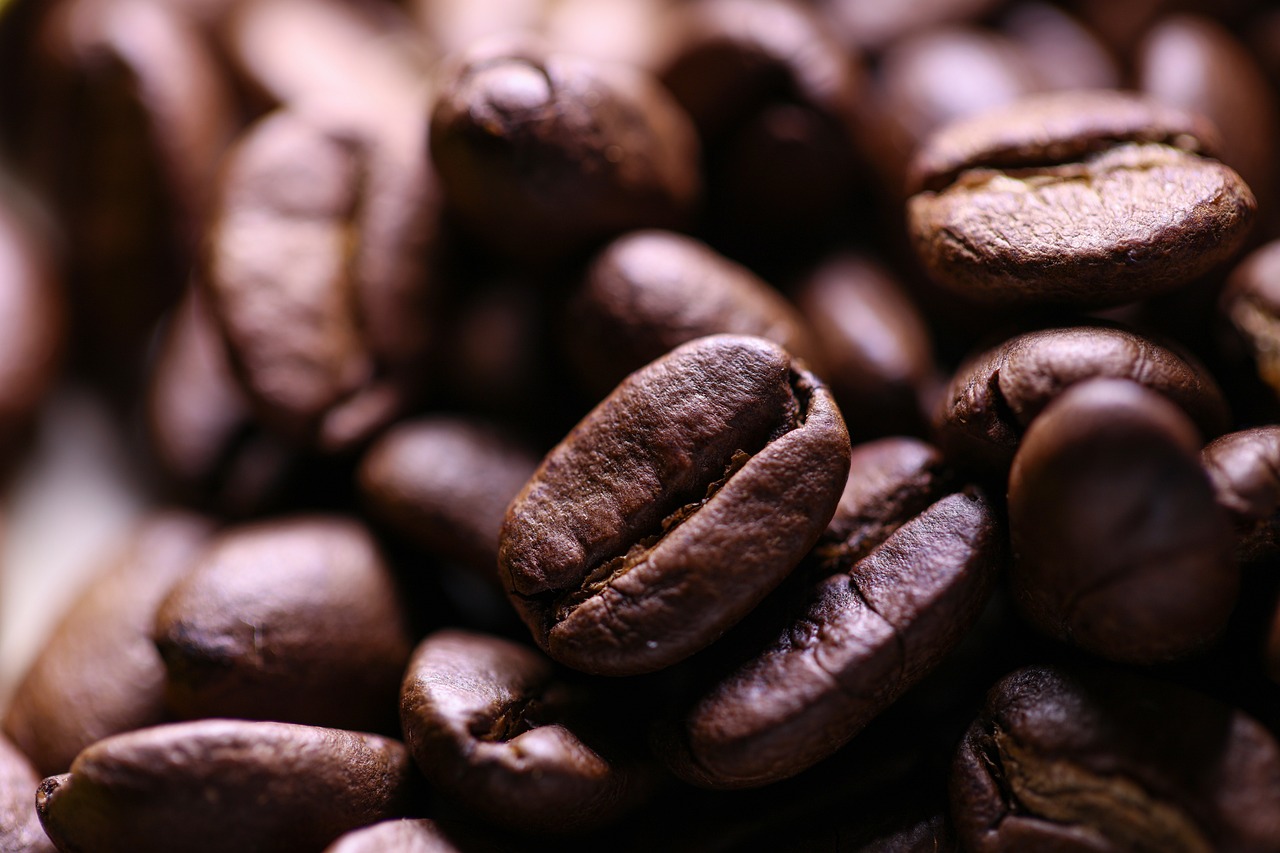
Seedling Starter Mix
When it comes to nurturing young plants, the right can make all the difference. One of the most surprising yet effective ingredients you can incorporate into your mix is leftover coffee grounds. These little granules are not just waste; they are a powerhouse of nutrients that can help jumpstart the growth of your seedlings. Rich in nitrogen, coffee grounds provide a balanced environment that encourages root development and strong plant health.
Creating a seedling starter mix with coffee grounds is simple and can be done in just a few steps. First, you’ll want to gather your materials. Here’s a quick rundown of what you’ll need:
- Organic potting soil: This serves as the base for your mix.
- Compost: Adds additional nutrients and beneficial microorganisms.
- Coffee grounds: The star of the show!
- Perlite or vermiculite: Helps with drainage and aeration.
To create your mix, combine equal parts of potting soil and compost, then add in about 20% coffee grounds. This ratio allows your seedlings to benefit from the nitrogen in the coffee while ensuring they don’t get overwhelmed by acidity. Finally, incorporate perlite or vermiculite to enhance drainage, which is crucial for young plants that are particularly vulnerable to root rot.
Once your mix is ready, fill your seedling trays or pots, and you’re all set! You’ll notice that the coffee grounds not only improve the soil structure but also provide a natural source of nutrients that can help your seedlings thrive. As they grow, the coffee grounds will break down, releasing their nutrients into the soil, which means less frequent fertilization for you!
Moreover, using coffee grounds in your seedling mix is an eco-friendly choice. Instead of tossing out those used grounds, you’re giving them a second life while also reducing waste. It’s a win-win situation for both your garden and the environment!
In summary, incorporating coffee grounds into your seedling starter mix is a smart, sustainable, and effective way to give your plants the best possible start. With just a little effort, you can create a nutrient-rich environment that promotes healthy growth and vibrant seedlings.
1. Can I use fresh coffee grounds instead of used ones?
Using fresh coffee grounds is not recommended as they can be too acidic and may inhibit seedling growth. Always opt for used coffee grounds to achieve the best results.
2. How often should I use coffee grounds in my garden?
You can add coffee grounds to your garden mix regularly, but it’s best to do so in moderation. Aim for a ratio of about 20% coffee grounds to other materials for optimal results.
3. Do coffee grounds attract pests?
While coffee grounds can attract some pests, they also deter others. It's essential to monitor your garden and adjust your use of coffee grounds accordingly.
4. Can I use coffee grounds for all types of plants?
Coffee grounds are best suited for plants that thrive in slightly acidic conditions. Acid-loving plants like blueberries, azaleas, and rhododendrons will benefit the most.
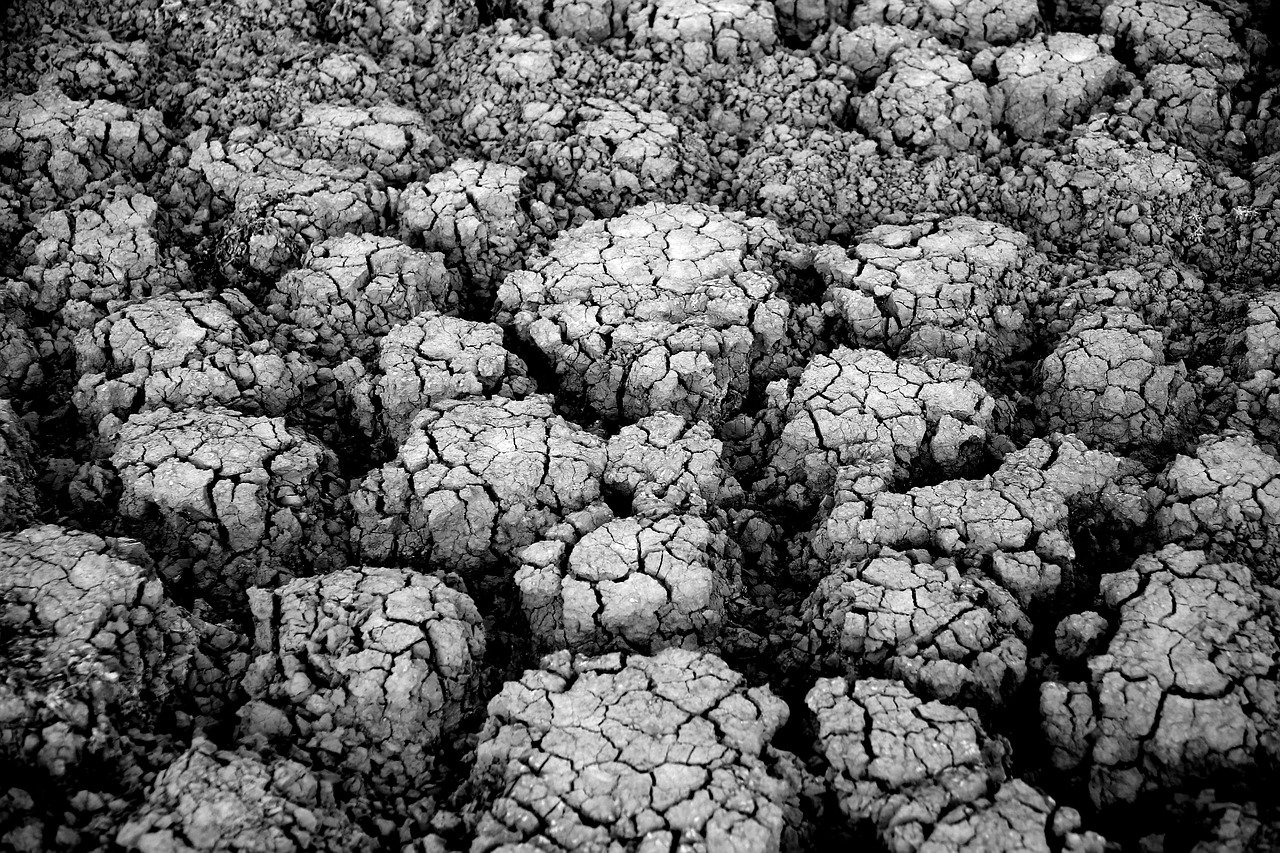
Odor Neutralizer
If you've ever spent time in your garden, you know that sometimes it can come with its own set of odors—whether it's the smell of decomposing plant matter, the scent of soil after rain, or even the lingering aroma of fertilizers. These odors can be off-putting, but did you know that your leftover coffee grounds can serve as a natural ? That's right! Coffee grounds are not just for brewing a delicious cup of joe; they're also a fantastic tool for keeping your outdoor space smelling fresh.
One of the reasons coffee grounds are so effective at combating unpleasant smells is their ability to absorb odors rather than just masking them. When spread around your garden, coffee grounds can soak up those unwanted scents, leaving behind a more pleasant atmosphere. Think of them as little sponges that work tirelessly to keep your garden inviting and enjoyable. You might be wondering, "How do I use coffee grounds for this purpose?" Well, it's as easy as sprinkling them in strategic locations!
To maximize the effectiveness of coffee grounds as an odor neutralizer, consider the following tips:
- Spread Evenly: Disperse coffee grounds around areas that tend to smell, such as compost bins or decaying plant matter. This will help absorb odors and keep the air fresh.
- Mix with Other Materials: Combine coffee grounds with other odor-absorbing materials, such as crushed eggshells or dried leaves, to enhance their effectiveness.
- Regular Application: Just like any other garden treatment, consistency is key. Regularly applying coffee grounds will ensure that odors are kept at bay.
Additionally, coffee grounds can be particularly beneficial in areas where you might have pets or compost piles, which can sometimes emit strong smells. By strategically placing the grounds around these areas, you can create a more pleasant environment not just for yourself but for any furry friends that might be roaming about. Plus, it’s an eco-friendly solution that helps reduce waste while enhancing your garden's health!
In summary, using coffee grounds as an odor neutralizer is a simple yet effective way to improve the ambiance of your garden. Not only do they tackle unpleasant smells, but they also contribute to your plants' overall health. So, the next time you brew a cup of coffee, think twice before tossing those grounds in the trash. Instead, give your garden the gift of freshness!
Q: How often should I apply coffee grounds in my garden?
A: It's best to apply coffee grounds every couple of weeks, especially in areas where odors are prevalent.
Q: Can I use coffee grounds in my compost pile?
A: Absolutely! Coffee grounds are a great addition to compost and can help with odor control as well.
Q: Are there any plants that dislike coffee grounds?
A: While most plants benefit from coffee grounds, some plants like rosemary and lavender prefer less acidic soil, so use coffee grounds sparingly around them.
Frequently Asked Questions
- Can I use coffee grounds directly on my garden soil?
Yes, you can! Just make sure to mix them well into the soil or compost. They improve soil structure and fertility by adding nitrogen.
- How do coffee grounds help with pest control?
Coffee grounds can deter pests like slugs and snails. Sprinkling them around your plants creates a barrier that these critters don't like to cross.
- Which plants benefit most from coffee grounds?
Acid-loving plants like azaleas, blueberries, and rhododendrons thrive with coffee grounds. They help create the acidic environment these plants love!
- Can coffee grounds improve soil drainage?
Absolutely! Mixing coffee grounds into heavy soil can enhance drainage and aeration, making it easier for roots to grow and access water.
- Are coffee grounds safe for worm composting?
Yes, worms adore coffee grounds! They can help boost worm activity, leading to nutrient-rich castings that are fantastic for your garden.
- How should I use coffee grounds as mulch?
Spread a thin layer of coffee grounds around your plants. They help retain moisture, suppress weeds, and add nutrients to the soil as they break down.
- What are some tips for composting with coffee grounds?
Balance coffee grounds (green material) with brown materials like leaves or cardboard to optimize composting. This helps maintain the right carbon-to-nitrogen ratio.
- Can I use coffee grounds for starting seedlings?
Definitely! Mix coffee grounds with potting soil to create a nutrient-rich starter mix that promotes healthy growth for your seedlings.
- How do coffee grounds help with odors in the garden?
Coffee grounds can absorb unpleasant smells, acting as a natural odor neutralizer. Just place them in areas where odors are a problem!



















